Do Termites Eat Drywall? Uncover Their Feeding Habits!
I often hear people ask, ‘Do termites eat drywall?’ It’s a common concern, especially when it comes to home maintenance and sheet rock damage signs. Termites have been munching on wood, sheet rock, and other cellulose materials for millions of years. They can be sneaky, problematic termites, and cause significant damage before you even notice them, especially many termites like subterranean termites during a termite invasion.
While drywall, commonly known as sheetrock and composed of gypsum, isn’t the primary food source for termites, subterranean termites can still damage it if it comes into contact with wood or moisture. This interaction can result in significant termite destruction and the presence of drywood termite droppings. For homeowners, comprehending how termites relate to sheetrock is essential for effective prevention and early detection of infestations. This article will explore the behaviors of these pests, focusing on inspecting for subterranean termite issues and strategies to safeguard your home from existing termite damage within the walls.
Key Takeaways
- Termites primarily feed on cellulose, which is found in wood and some paper products, but they can also damage sheet rock if it contains paper backing.
- Look for signs of termite activity, such as small holes in walls, frass (termite droppings), and sagging or damaged drywall.
- Regular inspections of your home, including the wall, can help catch termite infestations early and prevent extensive damage.
- If you suspect termite activity in the wall, consider consulting a pest control professional to assess the situation and recommend treatment options.
- Understand that undetected termite damage to the wall can lead to serious structural issues, making timely intervention crucial to protect your home.
- Educate yourself about the different types of termites and their behaviors to better safeguard your wall and property against potential infestations.
Termite Feeding Habits
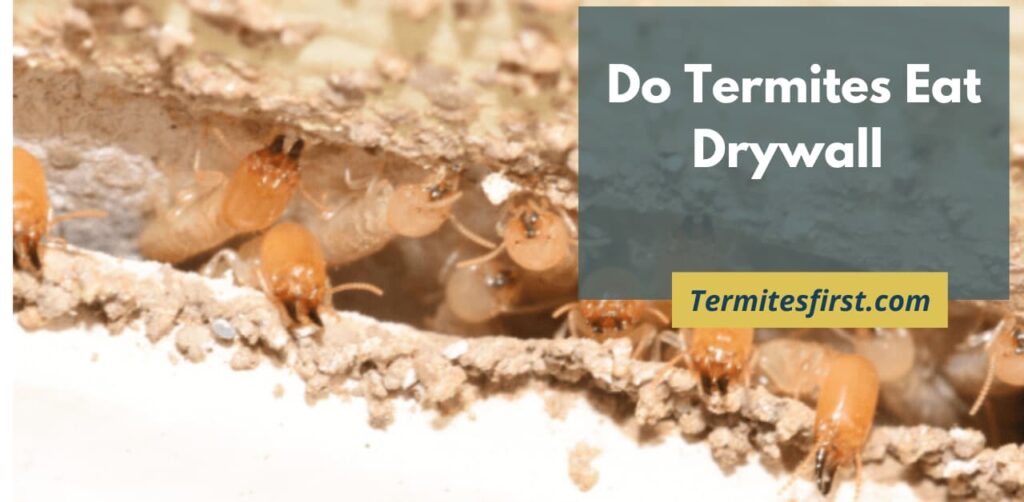
Why Termites Target Drywall
Termites are attracted to drywall because it contains cellulose. Cellulose is a key food source for these pests. The paperboard layer in drywall, despite old termite damage, makes it even more appealing. This layer provides an ideal environment for feeding.
Moisture issues in homes can increase the likelihood of termite infestations in drywall. I have seen how leaks or high humidity in the wall can lead to serious termite problems. Homeowners should be vigilant about moisture control to prevent these infestations, especially in areas with old termite damage on the wall.
Common Termite Species in Homes
Subterranean termites are the most common species that invade homes and target drywall. They thrive in soil and create colonies underground. These termites often enter homes through cracks in the wall and foundation.
Drywood termites can also damage drywall, but they behave differently. They do not need contact with the wall or the soil to survive. Formosan termites are another concern; they are more aggressive and can cause extensive damage to drywall and wooden structures. Their colonies can grow rapidly, leading to severe termite damage to the wall if not addressed quickly.
How Termites Consume Drywall
Termites primarily consume the paper lining of drywall. They leave the gypsum core intact in the wall, which makes detection difficult. As I learned from my research, these pests create tunnels within the drywall, making it hard to notice their presence until significant damage occurs.
Termites can enter drywall from hidden areas, complicating detection efforts. They often travel through walls and ceilings, making their activity hard to spot. Homeowners may only see signs of live termites in the wall after extensive damage has occurred.
Signs of Drywall Damage
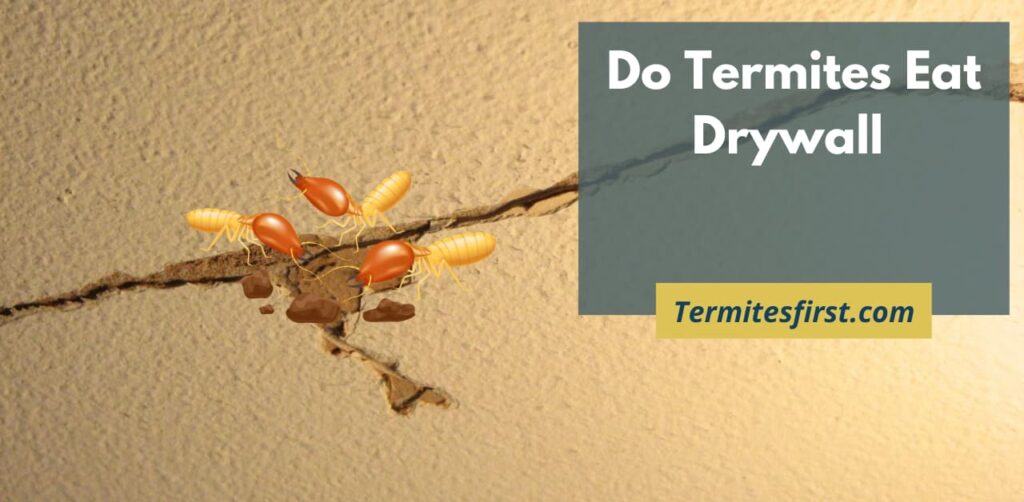
Early Indicators to Watch
Small pinholes in drywall can be an early warning. These tiny openings might signal termite activity. I have seen these signs on the wall in my own home, which prompted me to investigate further.
Unexplained dampness or moisture around walls can also attract termites. They thrive in humid environments. This moisture can come from leaks or poor ventilation.
Unusual sounds deserve attention too. Clicking or rustling noises may indicate termites working inside the walls. These sounds often go unnoticed until the wall damage becomes severe.
Visible Changes on Walls
Sagging or bulging areas in drywall suggest internal damage from termite feeding. I once noticed a bulge in my living room wall, which raised concerns about potential infestation.
Peeling paint or wallpaper often indicates moisture issues as well. This condition can be a sign of a hidden termite problem behind the wall beneath the surface. Homeowners should regularly inspect their walls for such changes.
Discoloration or staining on walls may also indicate hidden termite damage. These stains on the wall can be subtle but are important to recognize early on. I recommend checking all corners and edges of walls and rooms where moisture might accumulate.
Sounds and Residues
Listening for soft crunching noises is crucial. These sounds may indicate termites eating through drywall. I remember hearing these noises from the wall late at night, which led me to call an exterminator.
Identifying termite frass is another important step. This droppings can accumulate near infested areas, signaling active feeding on the wall. The presence of frass on the wall often means that immediate action is necessary.
Recognizing the sound of wings or movement is essential if drywood termites are present. They create audible signs during swarming season, typically in late spring to early summer. Being aware of these sounds can help homeowners act quickly.
Impact of Undetected Damage
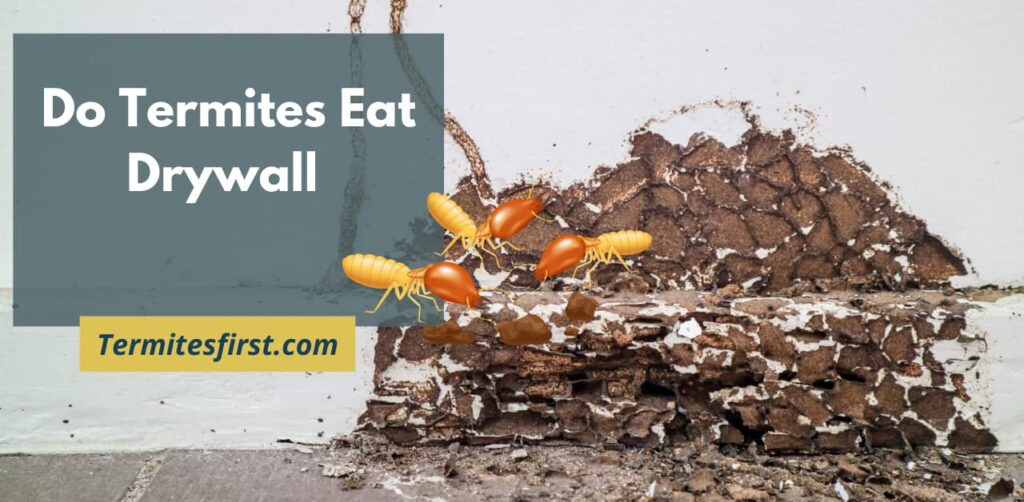
Structural Risks and Concerns
Termites can cause significant damage to drywall. They feed on the cellulose in the paper backing and wood framing. If left untreated, infestations compromise the structural integrity of walls and ceilings. I have seen homes where termite damage led to sagging ceilings and crumbling walls.
Extensive damage weakens support structures over time. This can create safety hazards for occupants. Repairing such issues often results in higher costs and prolonged inconvenience. Addressing termite damage promptly is crucial to maintaining a safe living environment.
Financial Burdens of Repairs
Calculating the costs associated with termite issues is essential. Professional inspections typically range from $100 to $300. Treatments can add another $200 to $1,500 depending on the severity of the infestation. Repairing damaged drywall can cost between $1.50 to $3 per square foot.
I remember budgeting for home repairs after discovering termite damage in my own house. The expenses added up quickly, impacting my finances significantly. Visible damage can also lead to a decrease in property value, further stressing homeowners.
Health Risks from Infestations
Termite infestations can lead to moisture accumulation in drywall. This creates an ideal environment for mold growth. Mold poses serious health risks, especially for those with respiratory issues or allergies.
Being aware of these risks is vital. The presence of termites may attract other pests, further degrading indoor air quality. In my experience, I noticed increased allergy symptoms when dealing with a termite problem at home.
Prolonged exposure to damaged drywall can worsen these health concerns. It’s important to act quickly if you suspect an infestation. Regular inspections and maintenance can help prevent potential health hazards.
Fixing Termite Damage in Drywall
When dealing with termite damage in drywall, it’s essential to address the issue promptly to prevent further destruction. Here’s how you can fix termite damage in drywall:
Assess the Damage
- Inspect the affected area to determine the extent of the damage caused by termites.
- Look for signs of active termites and ensure that the infestation has been eradicated before proceeding with repairs.
Remove Damaged Drywall
- Carefully remove the damaged drywall using a utility knife or a drywall saw.
- Make sure to cut out all the affected areas to prevent the termites from spreading further.
Replace with New Drywall
- Cut a piece of new drywall to fit the size of the hole left by the damaged drywall.
- Secure the new drywall in place using drywall screws and joint compound to blend the seams seamlessly.
Treat the Area
- Apply a termite treatment to the surrounding areas to prevent future infestations.
- Consider using termite-resistant materials when replacing the drywall to minimize the risk of termite damage in the future.
Paint or Finish
- Once the new drywall is in place, sand down any rough edges and apply a coat of primer.
- Finish off by painting the repaired area to match the rest of the wall for a seamless look.
By following these steps, you can effectively fix termite damage in drywall and restore the integrity of your walls. Remember to address any underlying termite infestations to prevent future damage and protect your property.
Conclusion:
Termites can be sneaky little pests, munching away on drywall and causing serious damage before you even notice. I’ve seen firsthand how their feeding habits can lead to costly repairs, especially if you don’t catch the signs early. The impact of undetected damage can be overwhelming, affecting not just your home but your peace of mind.
Protecting your space is crucial. Regular inspections and prompt action can save you a ton of hassle down the line. If you suspect termites are making a meal out of your drywall, don’t wait. Reach out to a professional for help. Stay vigilant and keep your home safe from these unwelcome guests.
FAQs:-
Yes, termites can damage drywall. They primarily feed on wood, but they may consume the paper backing of drywall as well.
Look for signs like sagging or bulging walls, small holes, or frass (termite droppings). These indicate potential termite activity.
Signs include mud tubes, discarded wings, and hollow-sounding wood. Regular inspections can help detect infestations early.
Yes, maintain a dry environment, seal cracks, and remove wood debris. Regular inspections also help in early detection.
Contact a pest control professional immediately. Early intervention is crucial to minimize damage and prevent further infestations.
While most termites prefer wood, some species may damage drywall. Subterranean and drywood termites are particularly known for causing structural damage.
Termites can cause significant damage within a few months. Prompt action is essential to protect your home from extensive repairs.
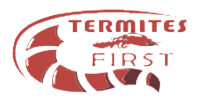
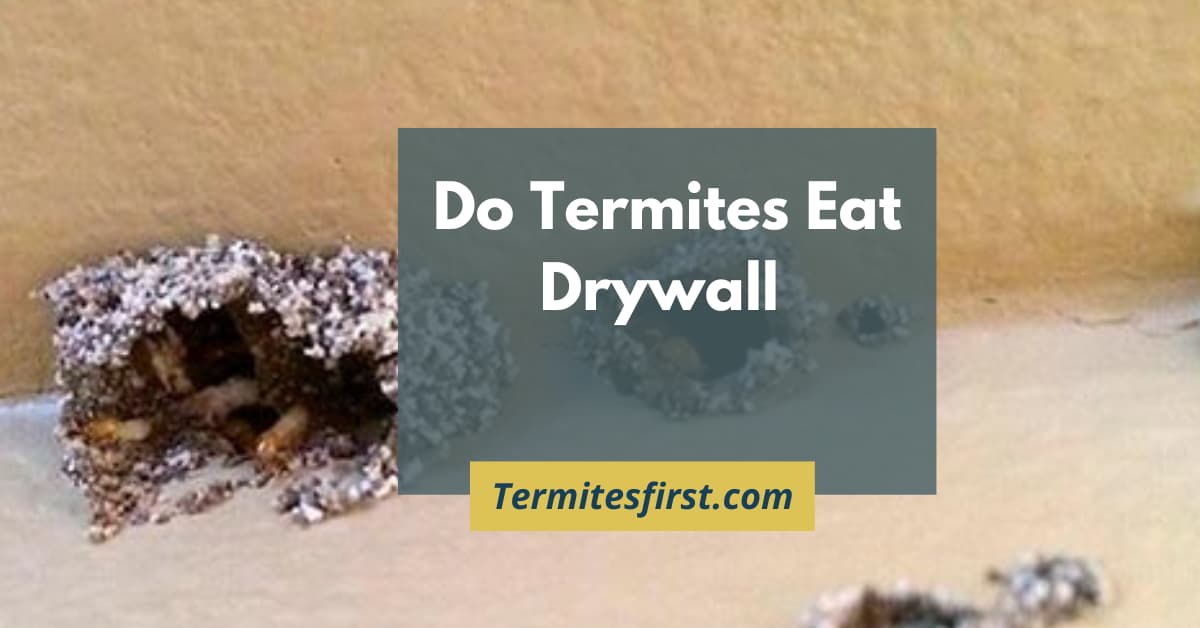
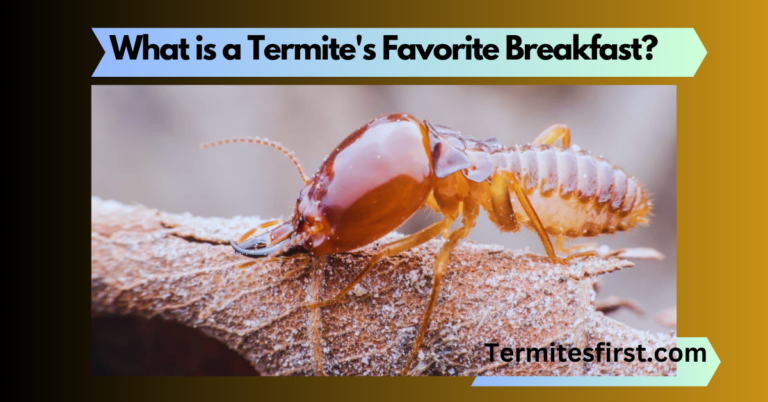
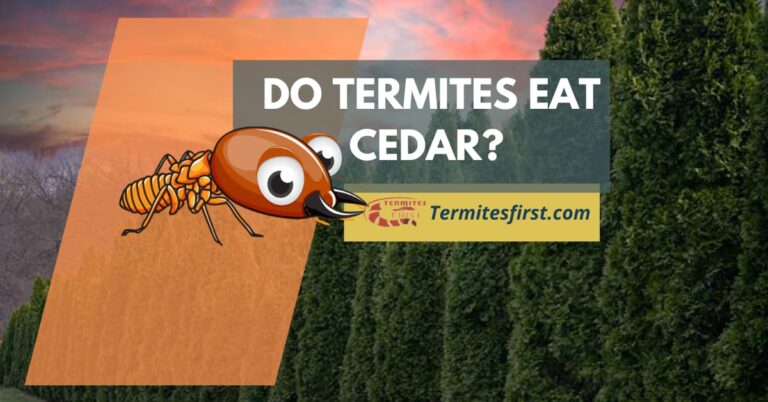
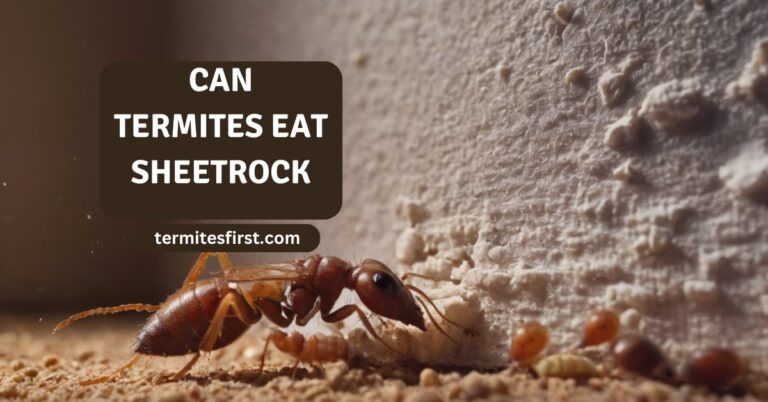
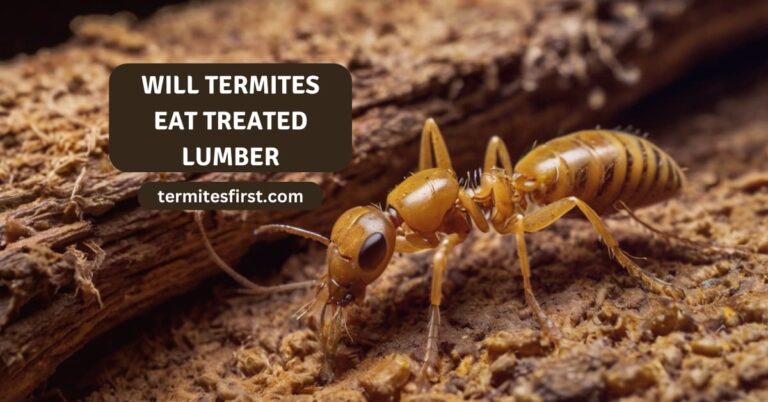
4 Comments